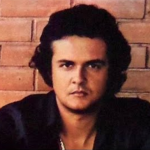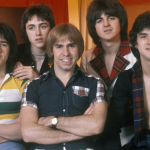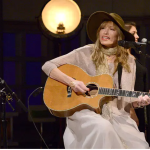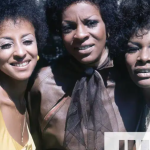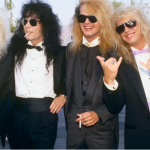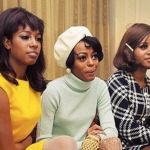“Saturday Night at the Movies” – The Drifters

“Saturday Night at the Movies” by The Drifters is a classic example of 1960s pop and soul music, capturing the joy and escapism that cinema offered during that era. Released in 1964, the song became a hit and is remembered for its upbeat tempo, smooth harmonies, and catchy lyrics. Here’s an essay exploring the song’s themes, its place in pop culture, and its lasting impact:
Essay: The Drifters’ Song “Saturday Night at the Movies”
“Saturday Night at the Movies” by The Drifters is a timeless anthem that evokes the charm and excitement of going to the cinema during the golden age of Hollywood. Released in 1964, the song quickly became a hit, reaching audiences with its infectious melody and joyful lyrics. Written by Barry Mann and Cynthia Weil, two of the most prolific songwriters of the era, “Saturday Night at the Movies” is a quintessential feel-good song that reflects the cultural significance of moviegoing in the mid-20th century.
The song’s narrative is simple but relatable: it describes the anticipation and delight of going to the movies on a Saturday night. For the protagonist, it doesn’t matter what film is playing or who’s in the audience, because the experience of being at the movies with a special someone makes it worthwhile. The lyrics celebrate the magic of cinema as an escape from everyday life: “Well, Saturday night at the movies / Who cares what picture you see / When you’re hugging with your baby / In the last row in the balcony.” The lyrics tap into the universal experience of enjoying a night out, particularly during an era when the movie theater was a central part of American social life.

The Drifters, known for their smooth harmonies and polished vocal arrangements, bring the song to life with their signature style. Lead vocalist Johnny Moore’s warm, inviting tone complements the joyful atmosphere of the song, while the harmonies provided by the rest of the group enhance the nostalgic, feel-good vibe. The group’s performance, along with the song’s orchestration—featuring lush strings and a bright brass section—gives “Saturday Night at the Movies” a sense of grandeur and warmth that mirrors the cinematic experience it describes.
Musically, the song blends elements of pop, R&B, and soul, creating a sound that was characteristic of The Drifters’ later work. The upbeat rhythm, combined with the sweet and melodic harmonies, makes the song feel light and fun, perfectly capturing the sense of excitement and wonder that accompanies a night out at the movies. The arrangement also reflects the influence of the Brill Building pop sound, which dominated the charts in the 1960s. The production is polished and radio-friendly, making it accessible to a wide audience and ensuring its place as a pop standard.

Culturally, “Saturday Night at the Movies” represents a time when movie theaters were the center of entertainment and social life for many Americans. In the 1960s, the movies were a popular destination for couples, families, and friends looking to escape their daily routines and immerse themselves in the magic of the silver screen. The song taps into this sentiment, celebrating the simple pleasures of life, such as spending time with a loved one and enjoying a night of entertainment. It reflects a period when going to the movies was an event in itself, often accompanied by the excitement of seeing a new film and the communal experience of sharing it with others.
Beyond its depiction of moviegoing, the song also touches on themes of romance and companionship. The mention of “hugging with your baby in the last row in the balcony” adds a layer of intimacy and personal connection to the narrative. For many listeners, the song evokes fond memories of young love, first dates, and the special moments shared in the darkened theater. This romantic element has helped the song endure as a beloved classic, resonating with listeners across generations.
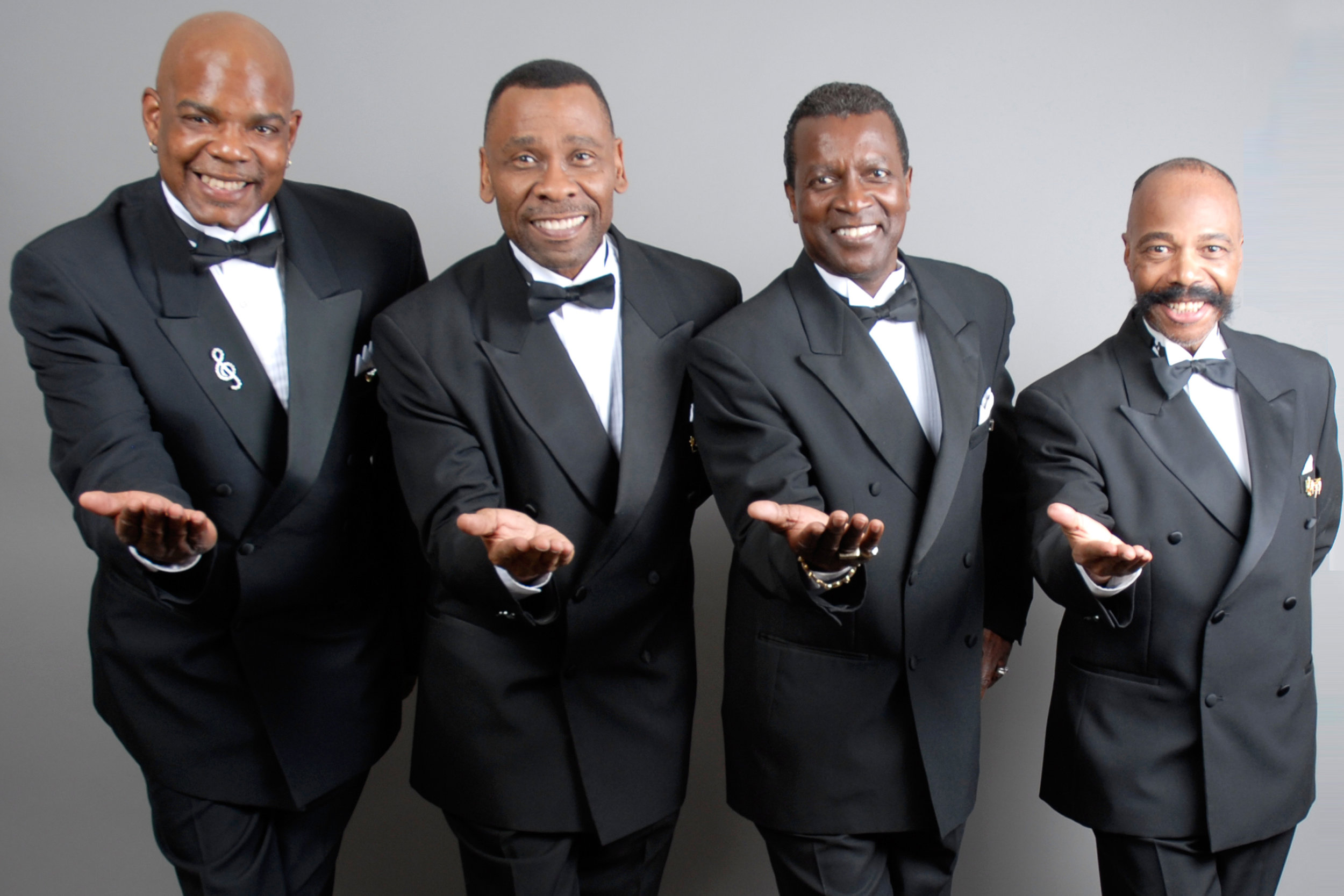
The Drifters were one of the most successful vocal groups of the 1950s and 1960s, known for hits such as “Under the Boardwalk,” “Up on the Roof,” and “This Magic Moment.” Their ability to blend smooth harmonies with relatable, often romantic, themes made them a staple of the doo-wop and soul genres. “Saturday Night at the Movies” fits seamlessly into their catalog of feel-good songs that celebrate the simple pleasures of life, whether it’s spending time at the beach, enjoying a night out, or falling in love.
In conclusion, “Saturday Night at the Movies” by The Drifters is a joyful ode to the magic of the cinema and the simple pleasures of life. With its catchy melody, smooth harmonies, and relatable lyrics, the song captures the excitement and romance of a night at the movies during the 1960s. Its lasting appeal lies in its ability to evoke a sense of nostalgia and happiness, reminding listeners of the special moments that can be found in everyday experiences. Even decades after its release, “Saturday Night at the Movies” remains a beloved classic, cherished by fans of The Drifters and lovers of timeless pop music.

